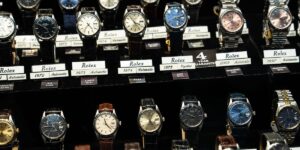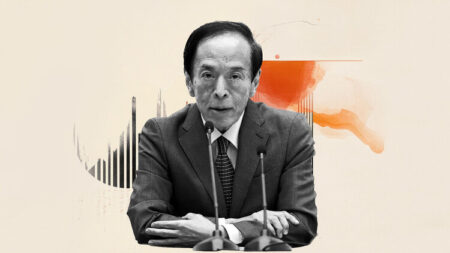In a statement published on Friday, Federal Reserve (Fed) Governor Michelle Bowman explained why she voted in favor of a 25 basis points (bps) rate cut at the July policy meeting.
Key takeaways
“With growth slowing and less dynamic labor market, I saw it as appropriate to begin gradually moving our moderately restrictive policy stance toward a neutral setting.”
“This action would have proactively hedged against a further weakening in the economy and the risk of damage to the labor market.”
“I see that upside risks to price stability have diminished as I gain even greater confidence that tariffs will not present a persistent shock to inflation.”
“Think that we should start putting more weight on risks to our employment mandate.”
“If demand conditions do not improve, firms may have little option other than to begin to lay off workers.”
“Believe beginning to move policy rate at gradual pace toward neutral will help maintain labor market near full employment, ensure smooth progress toward dual-mandate goals.”
“Risk that a delay in taking action could result in a deterioration in the labor market and a further slowing in economic growth.”
“Recognize and appreciate that other FOMC members may see things differently.”
“Remain committed to working together with my colleagues to ensure that monetary policy is appropriately positioned.”
Market reaction
The US Dollar Index holds its ground and stays in positive territory above 100.00.
These comments by Bowman received a dovish/neutral score of 4.4% from FXStreet Fed Speech Tracker. Nevertheless, FXStreet Fed Sentiment Index holds in hawkish territory, slightly above 120.
Fed FAQs
Monetary policy in the US is shaped by the Federal Reserve (Fed). The Fed has two mandates: to achieve price stability and foster full employment. Its primary tool to achieve these goals is by adjusting interest rates.
When prices are rising too quickly and inflation is above the Fed’s 2% target, it raises interest rates, increasing borrowing costs throughout the economy. This results in a stronger US Dollar (USD) as it makes the US a more attractive place for international investors to park their money.
When inflation falls below 2% or the Unemployment Rate is too high, the Fed may lower interest rates to encourage borrowing, which weighs on the Greenback.
The Federal Reserve (Fed) holds eight policy meetings a year, where the Federal Open Market Committee (FOMC) assesses economic conditions and makes monetary policy decisions.
The FOMC is attended by twelve Fed officials – the seven members of the Board of Governors, the president of the Federal Reserve Bank of New York, and four of the remaining eleven regional Reserve Bank presidents, who serve one-year terms on a rotating basis.
In extreme situations, the Federal Reserve may resort to a policy named Quantitative Easing (QE). QE is the process by which the Fed substantially increases the flow of credit in a stuck financial system.
It is a non-standard policy measure used during crises or when inflation is extremely low. It was the Fed’s weapon of choice during the Great Financial Crisis in 2008. It involves the Fed printing more Dollars and using them to buy high grade bonds from financial institutions. QE usually weakens the US Dollar.
Quantitative tightening (QT) is the reverse process of QE, whereby the Federal Reserve stops buying bonds from financial institutions and does not reinvest the principal from the bonds it holds maturing, to purchase new bonds. It is usually positive for the value of the US Dollar.
Read the full article here
















